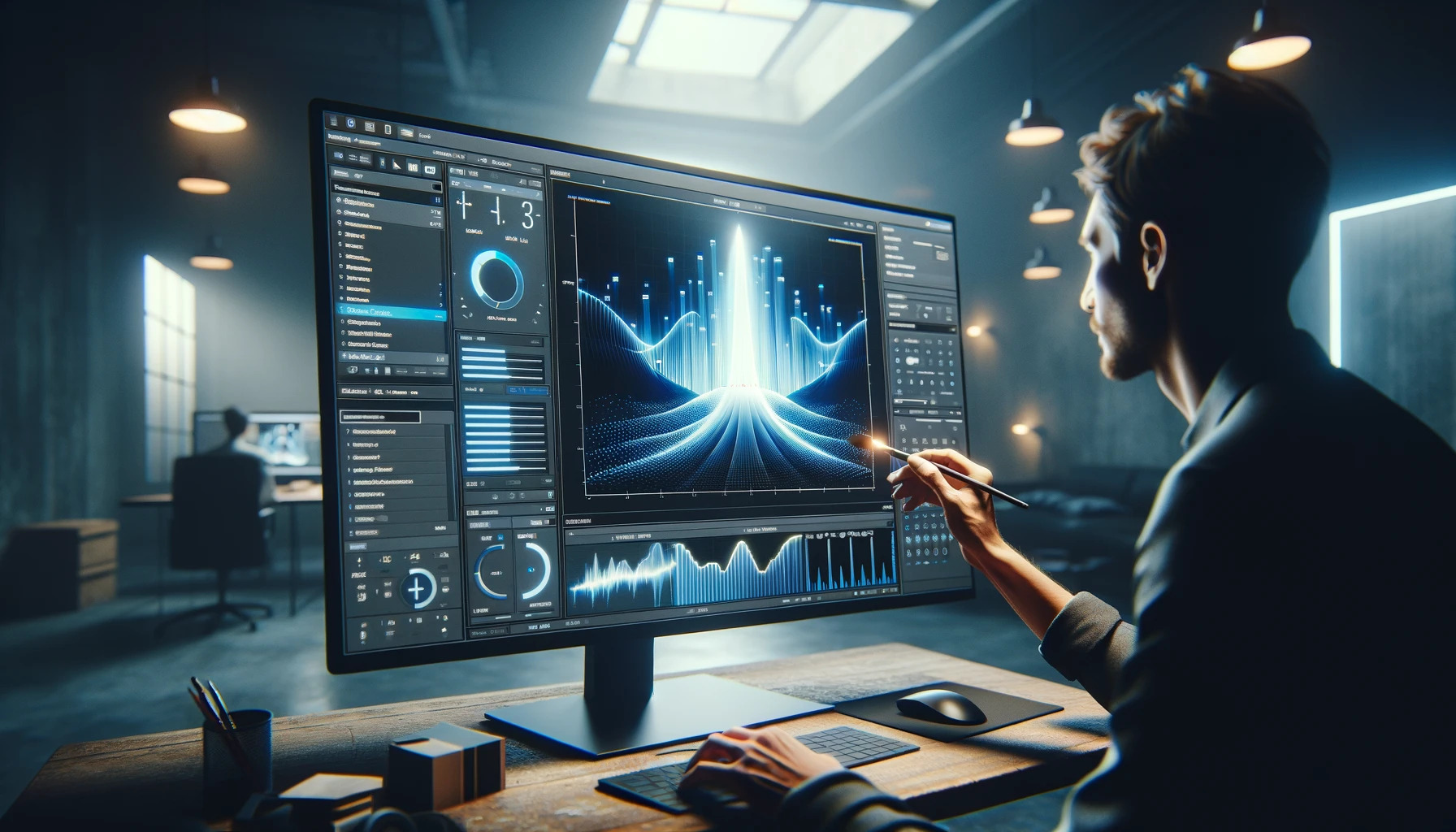Training AI Models for Improved Image Upscaling
By Joe
Published March 8, 2024
 Training AI Models for Improved Image Upscaling
Training AI Models for Improved Image Upscaling
In the fast-evolving landscape of digital imaging, the quest for clarity and detail is perpetual. The ability to upscale images seamlessly is at the forefront of this journey, bridging the gap between the existing resolutions and the ever-increasing display capabilities of modern technology. This article dives into the intricate process of training AI models to achieve unparalleled image upscaling, leveraging advanced upscaling techniques that redefine the boundaries of digital imagery.
The Foundation: Understanding Image Upscaling
Image upscaling is the process of increasing the resolution of an image, enhancing its size without compromising on the visual quality. This is not merely about adding more pixels; it's about intelligently generating new pixel data that integrates seamlessly with the original image, thereby improving its sharpness, detail, and overall appeal.
The Role of AI in Image Upscaling
AI models stand at the core of modern image upscaling techniques. Through a combination of convolutional neural networks (CNNs), generative adversarial networks (GANs), and deep learning algorithms, AI has the capability to predict and fill in the gaps in pixel data, achieving results that were once thought impossible.
Training AI Models: A Step-by-Step Guide
- Data Collection and Preparation:
- The initial step involves gathering a large dataset of images at various resolutions.
- Data augmentation techniques are employed to expand the dataset, enhancing the diversity of the training material.
- Model Selection:
- Choosing the right model architecture is crucial. CNNs are often preferred for their efficiency in handling image data.
- Feature Extraction:
- AI models learn by identifying patterns. During training, the model learns to recognize features and textures within the images, which is essential for successful upscaling. Deep learning for upscaling plays a pivotal role at this stage, utilizing layers of neural networks to analyze and learn from the complexity of image data for more accurate upscaling results.
- Upscaling Techniques:
- Super-resolution algorithms for upscaling involve the use of sophisticated algorithms that enable the model to interpolate and generate high-resolution images from lower-resolution counterparts. These algorithms are a key component of advanced upscaling techniques, significantly improving the model's ability to enhance image detail and quality.
- Training and Testing:
- The models are trained using a subset of the collected data, constantly adjusting their parameters to minimize errors. During this phase, custom upscaling scripts can be utilized to automate and optimize the training process, allowing for more efficient learning and adaptation to the specific requirements of image upscaling tasks.
- Fine-tuning and Optimization:
- Fine-tuning involves adjusting the model to improve its performance, based on the results from the testing phase.
- Optimization techniques are applied to enhance the model's speed and efficiency.
Key Considerations in Training AI Models for Image Upscaling
- Quality of Training Data: The success of an AI model heavily depends on the quality and diversity of its training dataset. High-quality, varied images ensure that the model learns to handle a wide range of upscaling tasks effectively.
- Model Complexity: While a more complex model may achieve better upscaling results, it also requires more computational resources and training time. Finding the right balance is essential.
- Overfitting: This occurs when a model is too closely tailored to the training data, losing its ability to generalize to new data. Regularization techniques and data augmentation can help mitigate this risk.
The Impact of Advanced Upscaling Techniques
The evolution of advanced upscaling techniques, powered by AI, has had a profound impact on various industries:
- Entertainment: Enhancing the visual quality of movies and video games, providing audiences with an immersive viewing experience.
- Digital Photography: Allowing photographers to improve the resolution of their images without losing detail, opening up new possibilities in post-processing.
- Surveillance: Improving the clarity of footage, thereby enhancing the accuracy of facial recognition and other security measures.
- Medical Imaging: Enabling clearer, more detailed images, which can assist in diagnosis and treatment planning.
The Future of Image Upscaling
As AI technologies continue to evolve, the future of image upscaling looks promising. We can anticipate even more sophisticated algorithms that will further close the gap between digital imagery and the limits of human perception. This could revolutionize how we interact with digital content, making high-resolution images more accessible and enhancing the overall visual experience.
Conclusion
Training AI models for improved image upscaling is a complex, yet incredibly rewarding endeavor that has significant implications across various domains. By leveraging advanced upscaling techniques, we can push the boundaries of what's possible in digital imaging, enhancing both the aesthetic and functional value of visual content. As we continue to refine these techniques and models, the quality and accessibility of high-resolution imagery will only continue to improve, paving the way for new innovations and applications that will further transform our digital world.